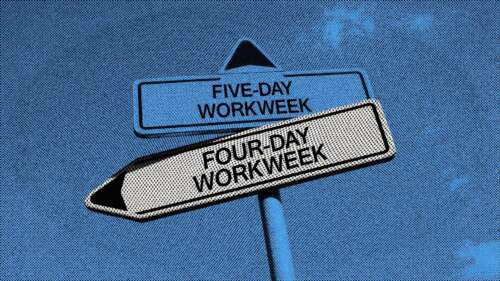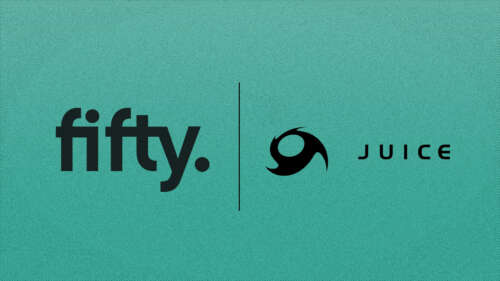It’s been a week since Omicron burst onto the global scene, reminding us all that the pandemic may not be over just yet. To gain a deeper understanding of how the nation is reacting to this new variant, we analysed the main topics of discussion, what sort of audiences have been engaging with the news, and how quickly (and far) word has spread. We also performed the same analysis for the first week of the Delta variant’s arrival at the end of May this year, which has allowed us to compare and contrast audience reactions.
The Spread of Awareness
What is immediately noticeable in the above graph is that Omicron has created much more noise than Delta did in its first week. Over the past week, there have been 275,192 posts mentioning Omicron, whereas in the first week of Delta there were just 71,352. This is a stark difference that is likely due to a desensitisation to COVID news in the height of the pandemic.
It is also interesting to note the curves follow a broadly similar pattern, spreading relatively slowly initially, then spiking enormously in days 3 to 5 and then beginning to dip again around day 6 and 7. This curve captures the general flow of pandemic news on social media, with the media largely responsible for posts on the first day or so, followed by widespread speculation and discussion from the general population, before the frenzy finally starts to subside as more concrete information emerges.
The Key Topics of Discussion
The graphs above show the most popular topics being discussed in relation to each variant. This data provides us with a good understanding of the general discourse around each strain and, in turn, with a deeper insight into the trending topics at each time. We have split these topics into several buckets:
The Science
The first bucket consists of topics relating to the nature of the variant, such as ‘Immunity’, ‘Symptoms’ and ‘3rd Wave’. These are mainly discussions around science, as the public gets to grips with what the new variant actually entails and its potential health impact. We can see here that there is a significant difference between the discussions around immunity, which has proved a far hotter topic for Omicron amid growing concerts that the newest strain could evade the vaccine and send us back to square one.
The Response
The next bucket is made up of topics that relate to restrictions and policies aimed at curbing the spread and impact of each new variant, including masks, vaccines, testing, lockdown and public transport. For Omicron, it’s telling that the more basic measures (e.g. masks and public transport) hold such a strong influence, whereas for Delta there were far more concerns around another potential lockdown. This difference captures how our concerns have shifted since Delta first emerged and how the subsequent rollback of restrictions has meant that the thought of implementing even the lightest of measures now causes uproar.
The Impact
The third bucket is compiled of the actual sectors and events that will be impacted by the spread of a new variant. These include ‘travel’, ‘christmas’, ‘financial markets’, ‘sport’, ‘hospitality’ and ‘schools’. Surprisingly, ‘schools’ made up the second most prominent topic for Delta, but didn’t even make it into the top 15 topics for Omicron. The fact that travel is indexing so strongly across both shows how tightly bound the sector is to COVID developments. Similarly, ‘financial markets’ were a far larger topic this time around, as the strong recovery steps made over the past few months have come under threat.
The Politics
Our final bucket of topics captures the political fallout from each news cycle, with topics such as ‘Boris’, ‘the NHS’ and ‘G7 Summit’ emerging. Naturally, Brosi was a key protagonist for both and, overall, we can see the dialogue was slightly more politicised in regards to Delta rather than Omicron - more on this later.
Who was doing all this talking?
To dig a little deeper into the discourse, we used the Fifty platform to go beyond just what was being talked about and look at exactly which audiences were doing the talking.
Politics
The first and largest interest we found was Politics. Understandably, the pandemic is inherently political, so it is no surprise that it is driving a high proportion of the engagement with new variants. However, it’s interesting to see how much more influential politics was in the Delta conversations. There are a number of potential reasons for this, the most likely being that the British public was overwhelmed with COVID news in May, and thus the highly engaged members of society were driving the majority of the conversation.
Youth
The next largest audience group was made up of younger tribes of Gen Zers and Millennials. These audiences were bound together by age, sharing a diverse array of interests, such as Pop Music, Hip-Hop, Sport, Gaming and Fashion. They indexed much more strongly across the Omicron conversation, again implying a level of desensitisation felt by the public in May, which has now been replaced by a renewed engagement with COVID news.
Science & Business
There were two audience buckets that were essentially the same across the both conversations around the two variants: Science and Business. Given the major role scientists play in the diffusion of COVID information, it’s not surprising that this particular bucket has remained at the forefront of the variant conversation. Our business tribes capture another community of key decision makers, largely represented by senior professionals such as CEOs and Founders. Evidently, both of these buckets are both inextricably linked to the pandemic and its impacts and, thus, have remained highly engaged with developments.
Sport & Culture
The last two audience buckets capture the audience groups with interests that could potentially be threatened or challenged by the spread of a new variant: Sport and Culture. Our Culture tribes (audiences with a passion for the Performing Arts, Food & Drink, etc.) were far more engaged with Delta, which not only points to the fragility of the UK’s performing arts scene, but also to the UK’s method of shutting venues and restaurants as the first line of defence against new variants. Sport, however, indexed more strongly across Omicron, which is surprising given the nation’s enthusiastic return to sport. Sport’s role in mainstream culture likely explains this discrepancy. The presence of sports within this bucket is less a sign of sports fans worrying about the impact on their industry, and more of a signal for mainstream engagement with the new variant.
To find out how Fifty can help you tap into your evolving audiences, book a demo with our team.






































